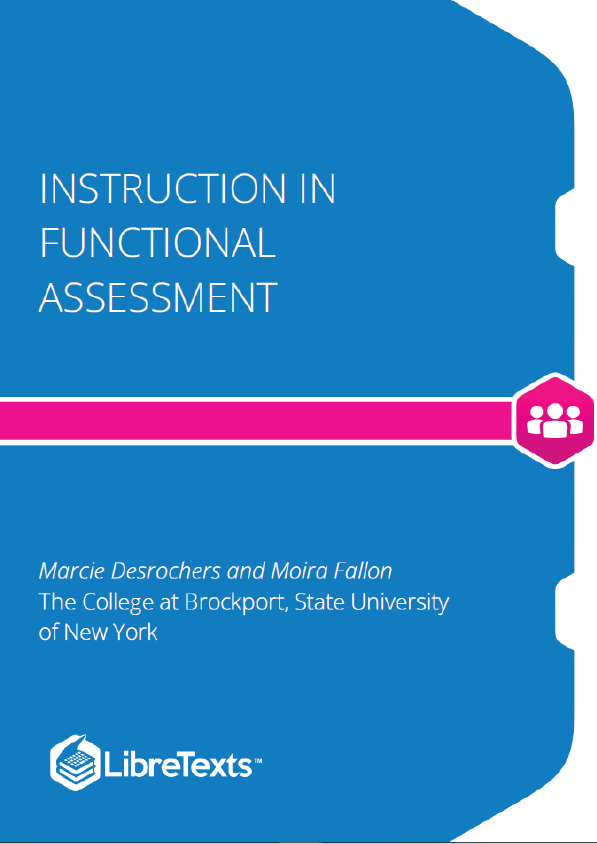Instruction in Functional Assessment introduces learners to functional assessment (FA), which includes a variety of assessment approaches (indirect, observational, and experimental) for identifying the cause of an individual’s challenging behavior for the purpose of designing effective treatments. FA is mandated by federal law and is a recognized empirically based approach to treatment of individuals with challenging behaviors.
Understanding Developmental and Intellectual Disabilities
Children and adults with developmental or intellectual disability require the assistance of interdisciplinary professionals and parents to support their full development across adaptive areas. There are often many areas of need seen in a changing context across the individual’s lifespan. A developmental disability (Developmental Disabilities Assistance and Bill of Rights Act of 2000 PL 106-402) is a chronic mental and/or physical condition that occurs between 5 and 22 years-of-age and is likely to occur indefinitely (www.govtrack.us/congress/bills/106/hr4920) (Brown & Felce, 2007). For a diagnosis of developmental disabilities, the individual shows functional limitations in three or more categories of: self-care, receptive and expressive language, academic learning, mobility, self-direction, independent living, and economic self-sufficiency. The ability of individuals with developmental disabilities to interact with others in an appropriate manner, to take care of one’s self and one’s needs, and to maintain focus and active learning are critical skills. Failure to perform in a general education classroom is often linked to poor social skills (Salend, 2005). The related services, care, and treatment required to provide the individually tailored support needed may span professional areas such as: medical, speech-language pathology, special education, psychology, occupational therapy, physical therapy, counseling, and social work among others (www.acl.gov/Programs/AIDD/Index.aspx).
The current diagnostic criterion for developmental disabilities is based more on function (limitations and capabilities) than category. As seen in Table 1, the main developmental disabilities include intellectual disability, autism spectrum disorder (ASD), cerebral palsy, and seizure disorder (Odom, Horner, Snell, & Blacher, 2007). Some individuals may have social, emotional, and behavioral issues within the definition of the disability (Vaughn & Bos, 2009). A functional diagnostic system provides information for treatment possibilities and deemphasizes labels that may produce negative connotations and reactions by others (Panek & Smith, 2005; Scior, Connolly, & Williams, 2013).
Behaviorally Defining & Measuring Challenging Behaviors
In addition to deficits in academic performance and adaptive behaviors, individuals with developmental disabilities often engage in challenging behaviors (Lowe et al., 2007; Poppes, Van der Putten, & Vlaskamp, 2010). Emerson (2001) defines challenging behavior as, “culturally abnormal behavior(s) of such intensity, frequency or duration that the physical safety of the person or others is likely to be placed in serious jeopardy, or behavior which is likely to seriously limit use of, or result in the person being denied access to, ordinary community facilities”











